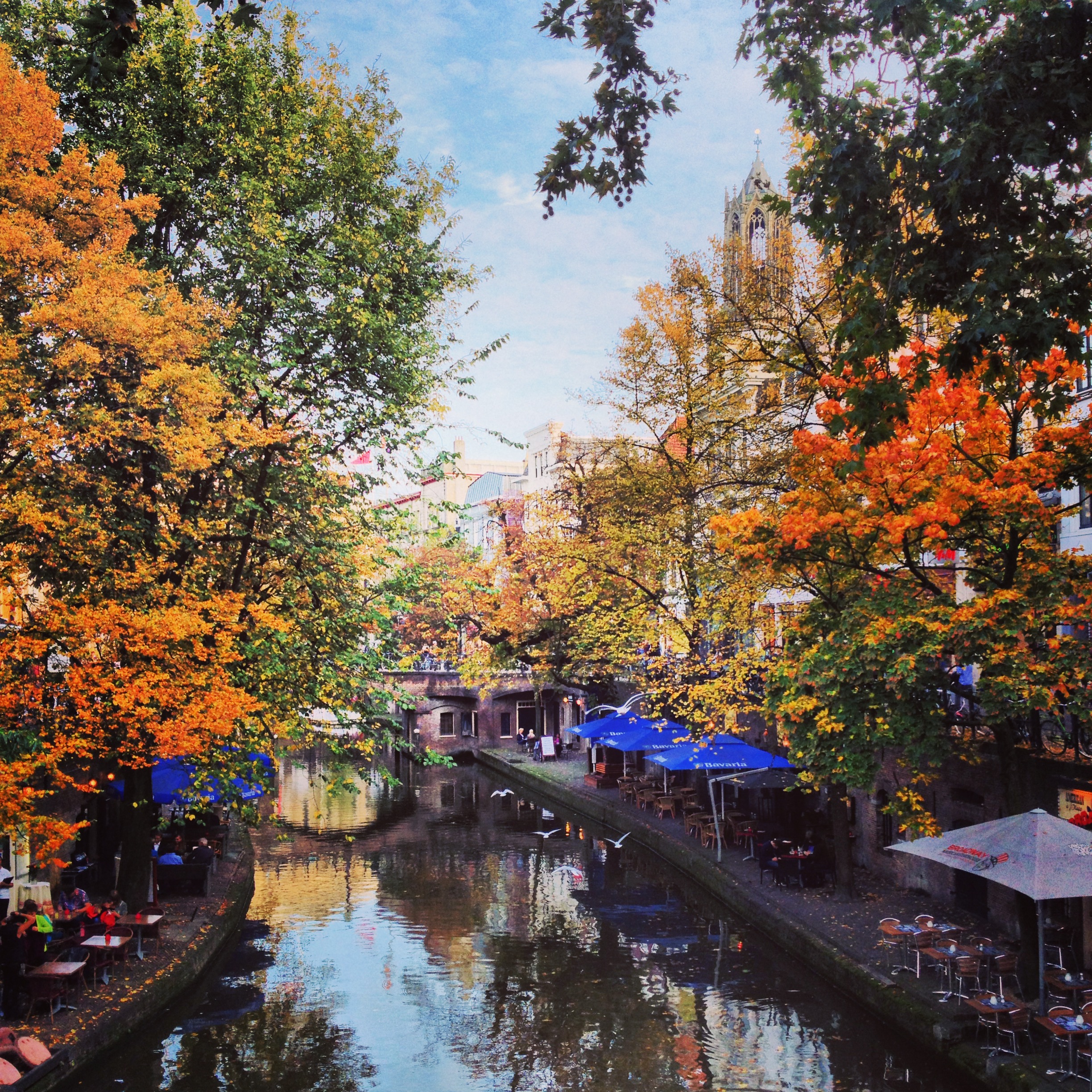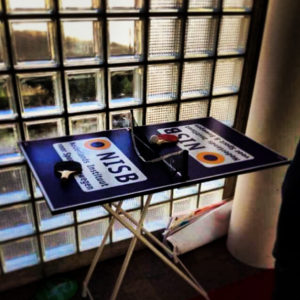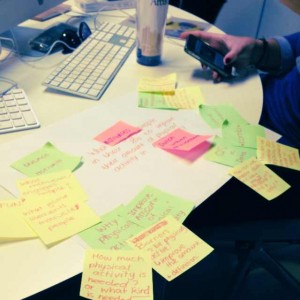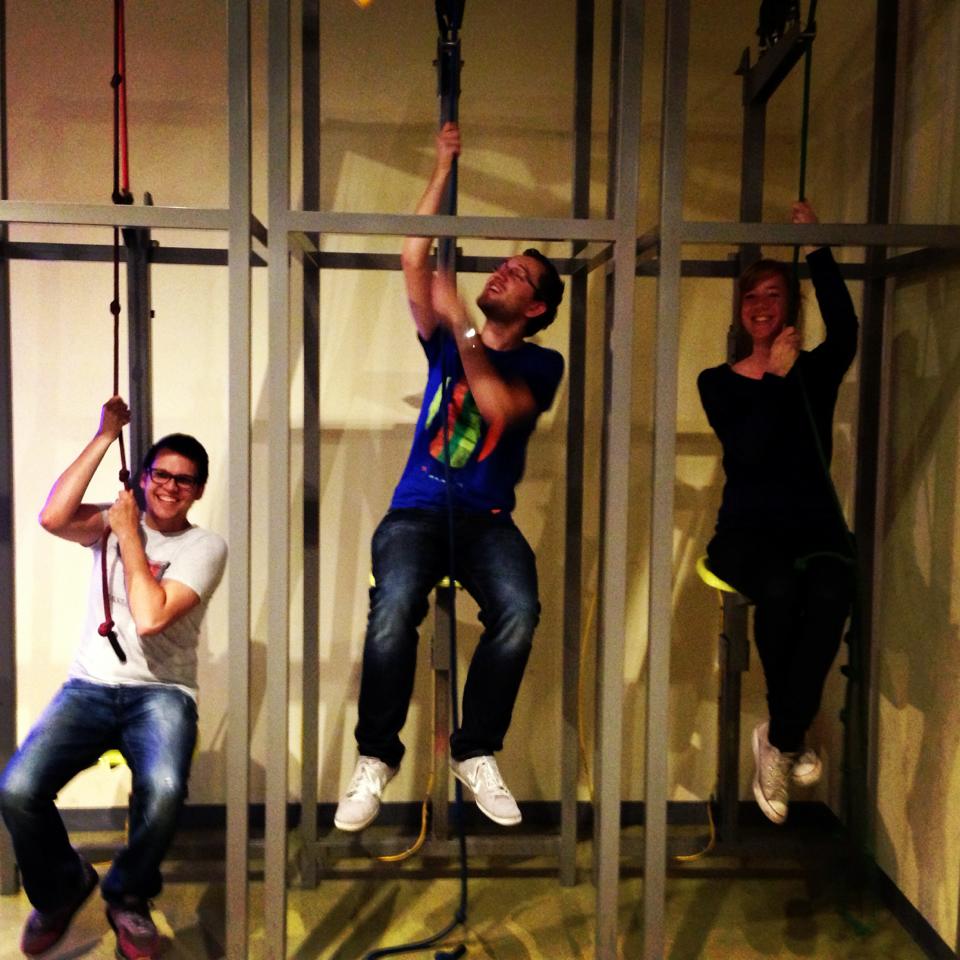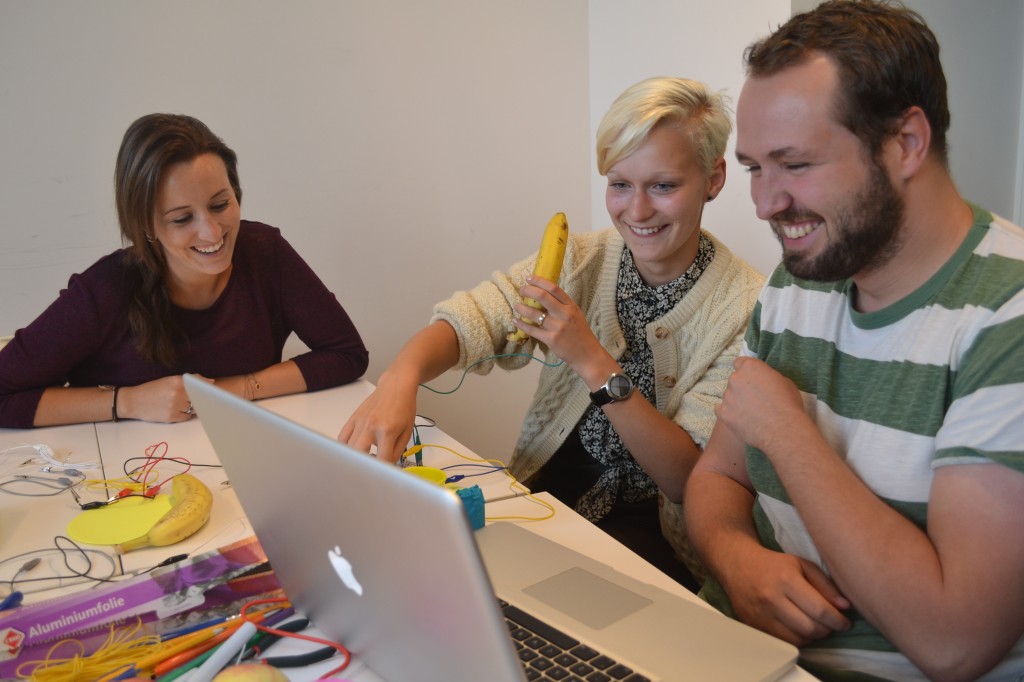Concepting week
Another week has passed at the MediaLAB. The ‘office’ was really quiet during the week, because of the holidays for the HvA students. But our team had still a lot to do!
Diary interviews
On monday we finished the interviews about the diaries. Eventually we interviewed seven participants about their daily routine. They all liked the little diary and loved the design. Unfortunately, not everyone finished the ‘Connect the Dots’, but we still received some pretty cool stuff!
The key findings from the interviews were that the participants have busy schedules, and because of this, they are likely to be sedentary. During workdays, they didn’t think about getting small breaks to move around, and they were sitting behind the desk all day. Even during lunch, they wouldn’t move! Weather will influence their mood, especially when it’s bad weather. Also, when it is raining they are more likely to take the public transport if they have to be somewhere. Friends were very important for them to try something new. After being introduced and being taught the ins and outs of an activity, they were more likely to do it alone after.
Meeting the Quantified Self expert
On Tuesday we made a little trip to lovely Utrecht to have a meeting with Joost Plattel, co-founder of the QS group in the Netherlands. He really loved to track everything about himself and used approximately 5 different devices to do so. One thing he found out about himself that he slept better in an urban environment than at the country side. Crazy, right! Joost gave us some nice insights and ideas that we could use for our concepts and research. Next week we will go to the QS meeting in Amsterdam to learn even more about self-tracking and its possibilities.
Workshop 2
On Wednesday Charlie gave us the second workshop about concepting. This time we had to take our 30 ideas and we had to rate them between the numbers 0 to 21. The top rated ideas were evaluated by looking at the requirement list. Now we have four pretty fun and nice concepts that we are going to improve and make more explicit. We will make storyboards in order to know the different situations the user of the concept would experience. Next week we will post the extensive description of the concepts we have.








